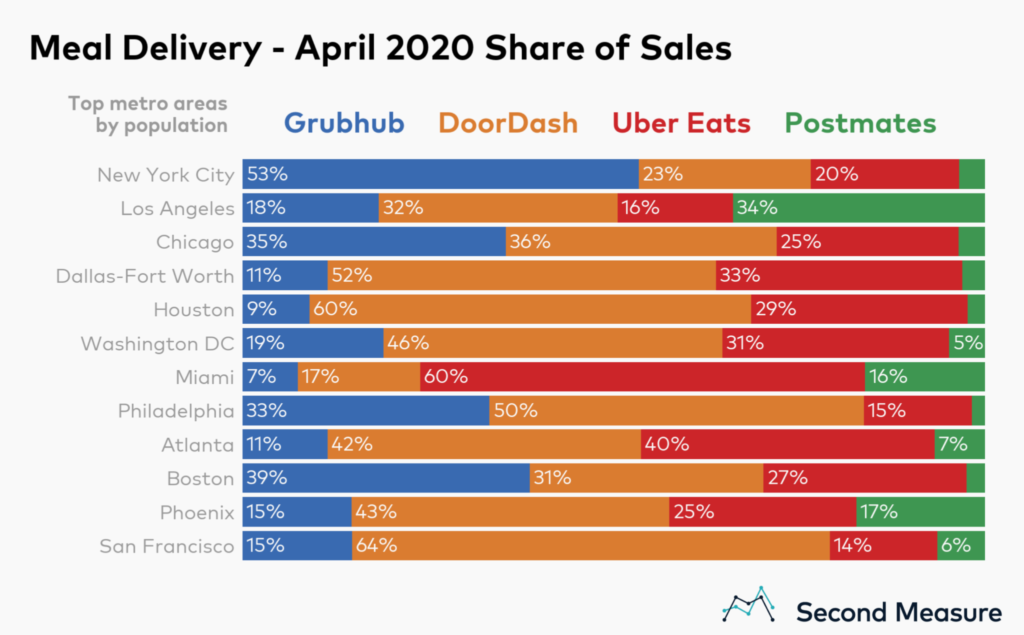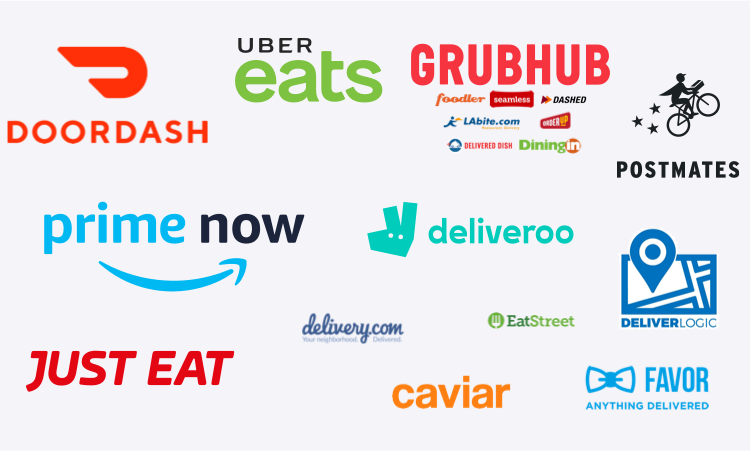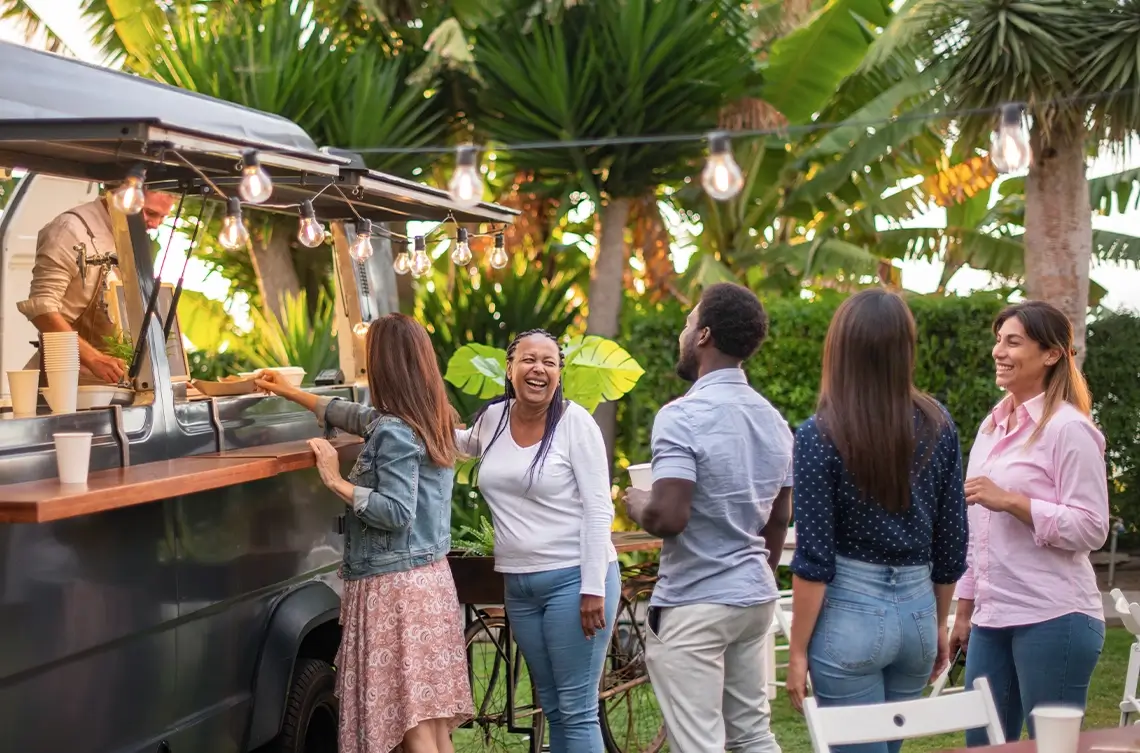Third party delivery is a double-edged sword. It offers a great convenience to customers, but the margins they take out, usually 25-30%, make these transactions nearly unprofitable for restaurants.
There are currently three big players in the delivery market: DoorDash, UberEats, and GrubHub. DoorDash has the biggest share of the market, nearly twice that of UberEats and GrubHub, but it’s been reported that Uber is looking to buy GrubHub and close that gap. This may not seem like a big deal, but for restaurant owners it could have a huge impact on their ability to continue offering these services.

If this acquisition is completed, we’ll be down to only two major players in the market. The less competition there is, the harder it becomes for restaurants to negotiate terms with these companies. If the day ever comes where there is only a single delivery service, restaurants will literally have no control over how much they get charged for each transaction.
Let’s look at the numbers: At a 30% rate per transaction, like UberEats charges, a restaurant is losing $3 for every $10 spent through delivery platforms. If your business is used to doing $5000 in orders through these platforms in a month, you’re losing $1500 a month. As these companies continue to merge, those rates are only going to go up, making it even harder for restaurants to profit off of these transactions.
These services are popular because they make it so easy for customers, so how can restaurants regain control in this situation? Obviously, offering your own delivery is a way to completely avoid these third-party services, but you have to make sure it’s a good fit for your business.
In our scenario above, $1500 is the magic number. If you can offer your own delivery for less than $1500 a month (factoring in delivery fees), it’s time to say goodbye to these other services. But maybe you don’t want to worry about managing delivery or feel it doesn’t fit your business model. The next best option is to offer more convenient ways for customers to order.

Studies show that a majority of customers would rather order directly from the restaurant than from a third party, so setting up an online ordering system, like Hazlnut’s, can go a long way in taking orders away from third parties. Mobile apps are an even better way to offer convenience to customers. Hazlnut also creates cutting-edge apps that are on par with national brands (Starbuck, Panera, Chipotle), but at a price that works for small, regional brands.
In addition to this, Hazlnut’s pricing is a flat monthly fee, so you don’t have to worry about losing any money on each transaction. There’s no penalty for increased volume, so you get to keep a lot more of the profits! And in some cases, the money you save by taking orders away from third parties more than pays for Hazlnut’s monthly fee. The rest is all profit.
Don’t wait for delivery consolidation to hurt your profits, schedule a demo with Hazlnut today.







